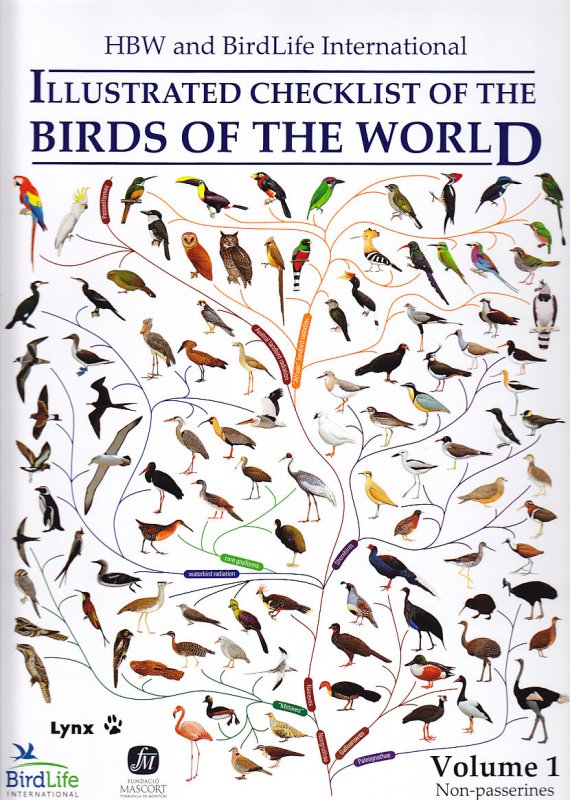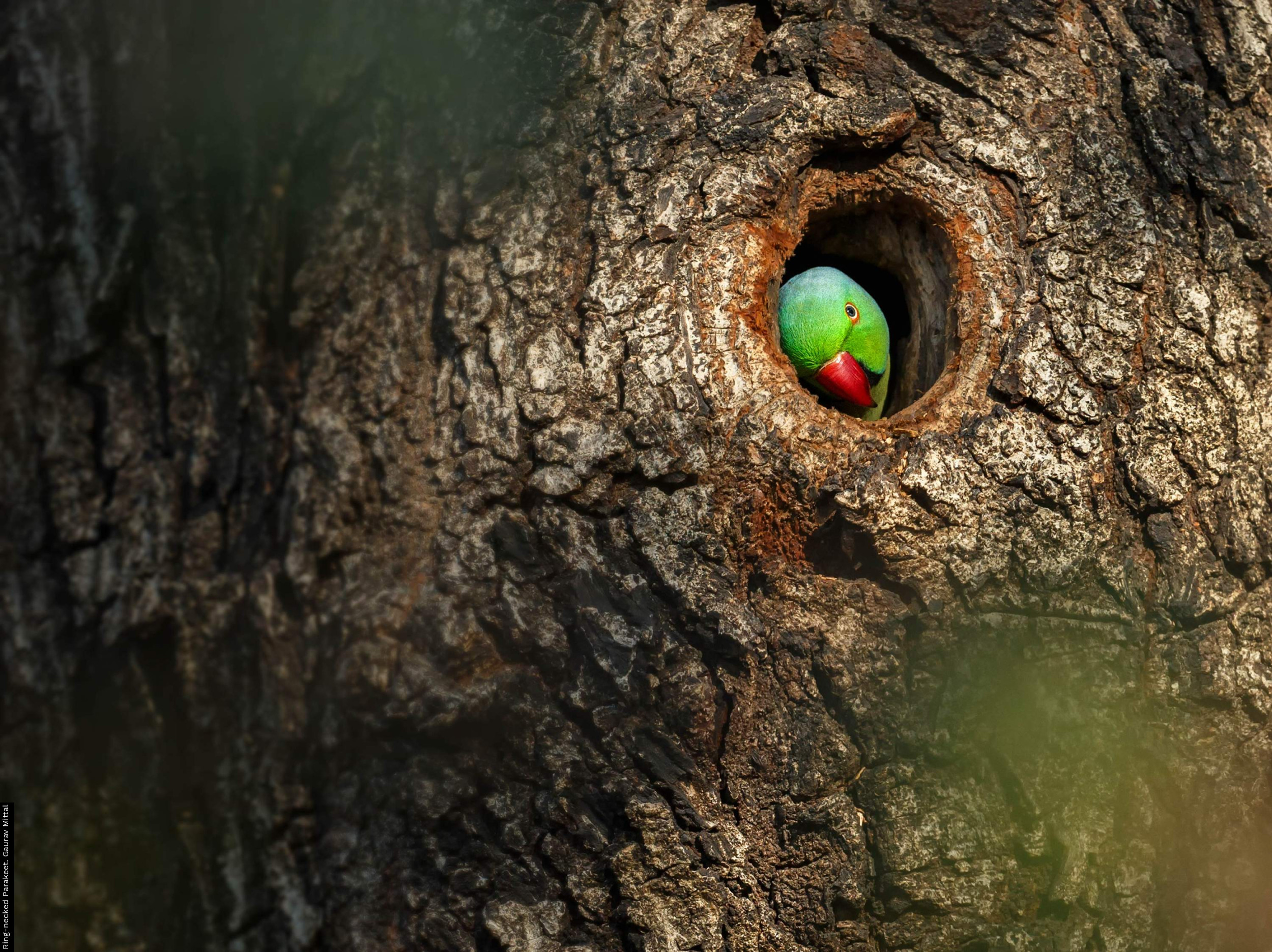
Publisher: Lynx Edicions, Barcelona
Publication Year: 2014
Binding: Hardback
Page Count: 903
ISBN Number: 978-8-49655-394-1
Price: £ 114.64
HBW and Birdlife International Illustrated Checklist of The Birds Of The World Volume 1: Non-Passerines
This handsome volume is another from the HBW team (Handbook of the Birds of the World), this time in collaboration with BirdLife International. It matches one of HBW’s for its size, weight and quality of production. Volume 2, covering the passerines, is expected in 2016.
At one level this checklist is an index to the HBW series. Each species has a short text, covering taxonomic issues and distribution, opposite a world distribution map and paintings, mostly from HBW, that show the main plumage types. It is a unique opportunity to browse the world’s non-passerine birds, in the certainty that every single known species is depicted: each turn of the page raises new delights. The reader will often want more information about a species than is presented, however, and there is a reference to the volume and page of HBW where this can be found. Extinct species are included but consigned to appendices. A third appendix is a set of atlas maps showing localities, many obscure and otherwise not easily found, that are mentioned in the distribution sections. There follows a bibliography of almost 2000, mainly taxonomic references. An index of species names closes the book.
The true value of this work lies, however, in the new systematic listing that it puts forward. There are many rival catalogues of the world’s birds, leaving conservation science, and listers too, in some confusion. The merging here of two of the most authoritative online, regularly updated world listings of birds is therefore hugely significant, especially as BirdLife International’s data feed directly into
IUCN’s Red List of conservation priorities. The biggest problem is where to recognise that speciation has occurred. For the first time, a work of this kind has been able to use a set of criteria that include field observations, such as vocalisations and ecology, alongside the more traditional museum work: these are the Tobias criteria, published in Ibis in 2010.
A clear and well-illustrated 36-page introduction sets out the rationale for this new collaborative listing, the problems the task presents, the benefits and drawbacks of the criteria used and the implications of the overall results. It is acknowledged that the systematic order published here is a work in progress and that regular updates will be needed for decades to come. HBW Alive and BirdLife International propose that their respective web sites will be updated in parallel, so far as is practical. It is greatly to be hoped that their harmony will not only endure but, further, become the core of a much broader consensus on how we define and classify our avian biodiversity, at every geographical scale. Conservation will certainly benefit if its advocates can present a united front.
Book reviewed by John Marchant
buy this book





Share this page